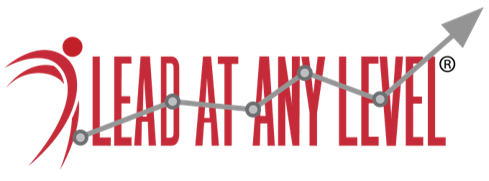If you have ever taken an Implicit Association Test (see post: Our Brains Are Biased), you may have been surprised by your own unconscious bias. I know the first time I took one of these tests, I was pretty taken aback.
Want to learn more? Check out our self-paced online courses to learn how to overcome bias to build a diverse professional network!
Unconscious Bias Limits Your Potential
Now that you likely have hard evidence of at least one bias, you can imagine how this bias might be shaping your opinions, judgments, decisions, and even your self-identity. You may even choose or avoid certain relationships or experiences as a result of unconscious bias. As icky as that feels right now, there is hope.
You now have the power to make better more rational decisions. You have the power to open yourself to new perspectives, to more varied experiences, and to deeper learning. Entertaining new ideas and innovating is now possible for you. And when your decisions improve, when your perspective expands, when learning takes hold, and when you innovate, you reach your goals faster!
Break the Cycle of Unconscious Bias
Having the power to break out of unconscious bias is one thing. Wielding this power won’t be easy. You will have to recognize your own biases, confront your assumptions, and challenge your beliefs. You may even have to change how you see yourself in order to see others in a new way. It requires honesty, integrity, and vulnerability. This is the work of leaders.
In order to break out, you need just three tools and a lot of practice.
- Put yourself on NOTICE:
First, NOTICE your own responses. You don’t have to judge, or critique, or feel guilty. Just noticing, as if you were observing yourself in the wild, can make a big difference in how you respond over time. Noticing your biases takes away their power over you. Think about what identities, experiences, values, or perceptions may have led you to this type of response. - Then, begin to notice the responses of others. Again, I didn’t say to judge. Just NOTICE. Think about what identities, experiences, values, or perceptions may have led someone to this type of response.
- Finally, press your PAUSE button.[1] Once you have practice with noticing, it’s time to break out your next tool: The Pause Button. The Pause Button allows you to think about other valid responses to the same situations, ideas, or people. When you can consider multiple responses, you can choose the best one for the situation at hand. Better responses lead to better decisions.
That’s it. Just three steps to break out of bias and make better decisions. Simple? Yes. Easy? Let me know!
[1] Adapted from Everyday Bias by Howard J. Ross

Leave a Reply